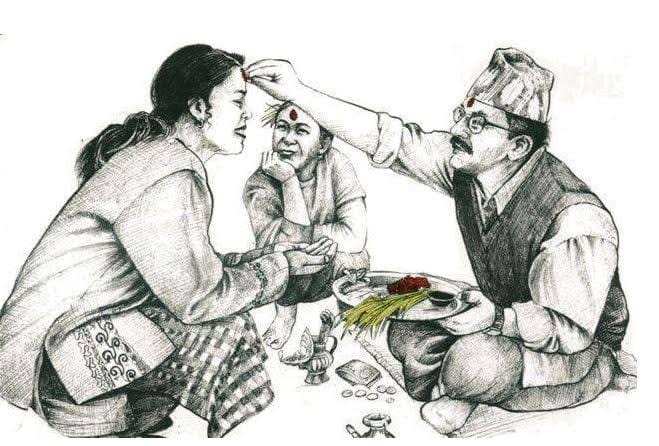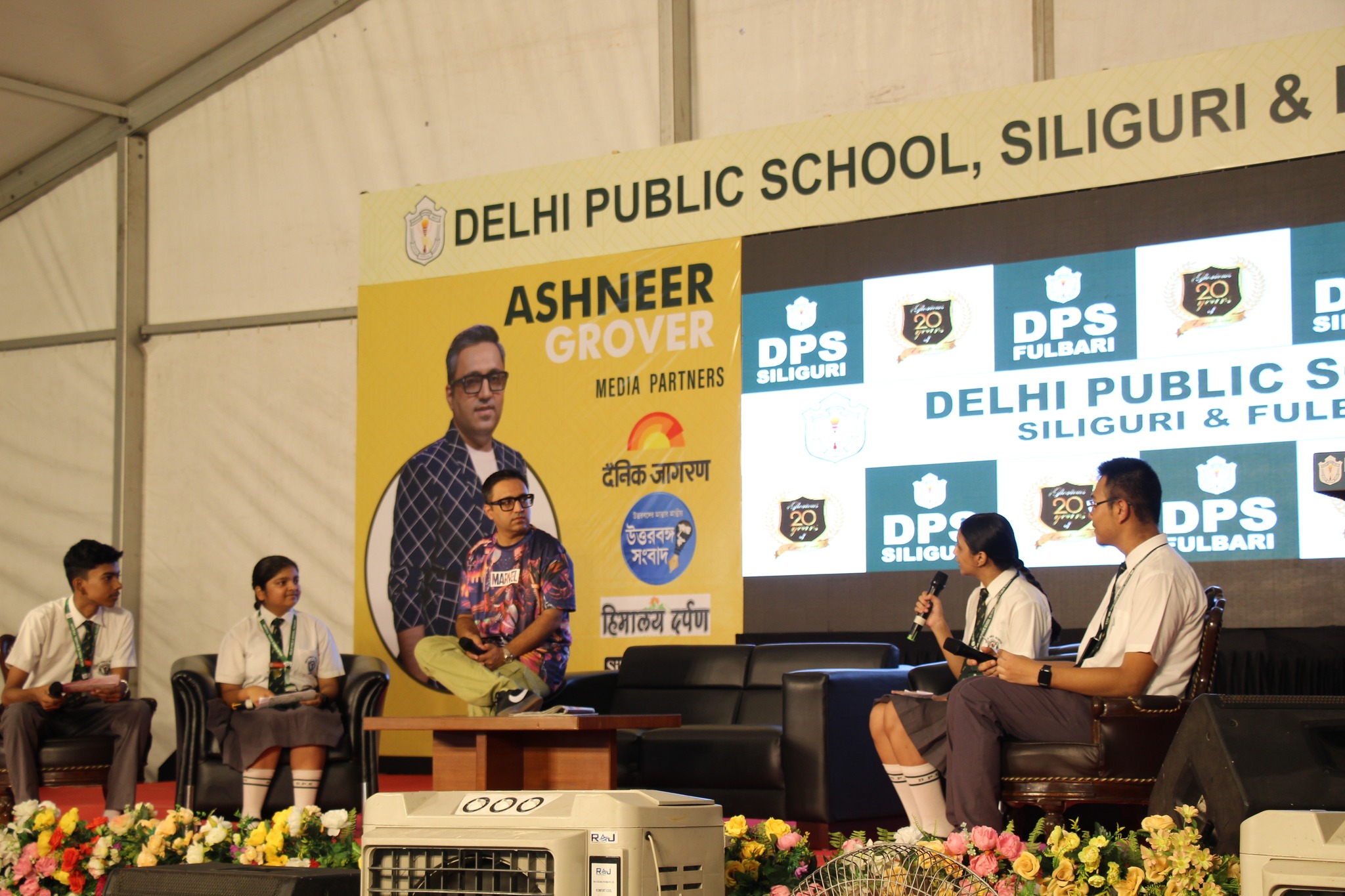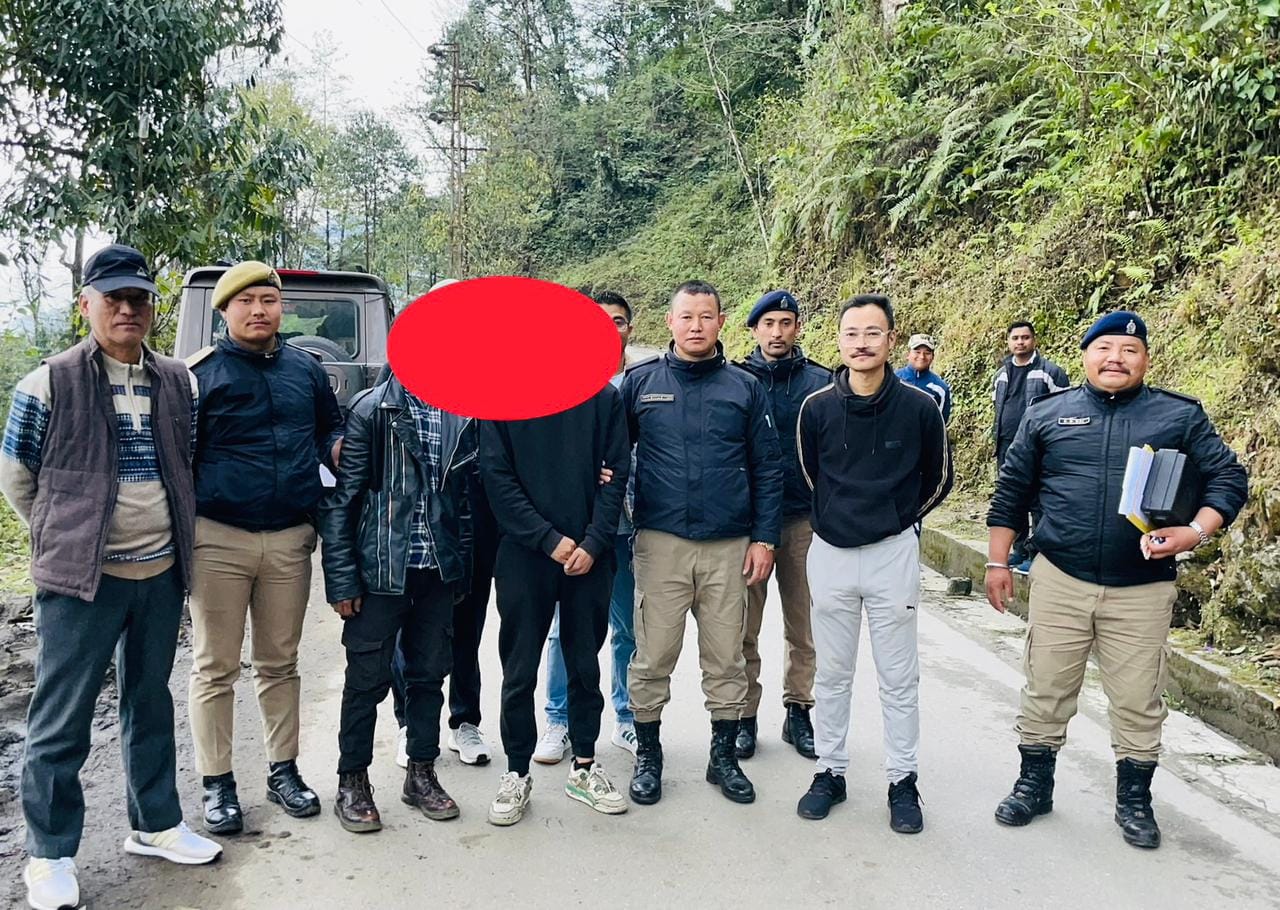
Dashain, or Vijaya Dashami, stands as the most revered and grandly celebrated festival for Nepali-speaking communities around the world, and in Nepal. Deeply rooted in the essence of Hindu mythology, Dashain marks the eternal victory of good over evil.
This festival, celebrated by people from all walks of life, transcends social and cultural boundaries, uniting the nation in both devotion and festivity. Falling between September and October, Dashain weaves together threads of spirituality, cultural pride, and familial bonds.
Religious Significance: Victory of Virtue Over Vice
At the heart of Dashain lies the powerful story of Goddess Durga’s triumph over the demon Mahishasura, symbolizing the universal theme of good conquering evil. Throughout the festival, devotees honor Durga in her fierce form, worshipping her for her ability to destroy malevolence and protect the virtuous. For Nepal’s Hindu community, Dashain is a time to seek the blessings of the divine for strength, prosperity, and protection through sacred rituals, prayers, and offerings. In Dashain Tika for male and female separate Sloka (Verse Of Sanskrit) with blessings are offered to youngers by elders.
Rituals and Traditions: A Journey Through Devotion
Dashain is a festival rich in rituals, each day adding deeper meaning to the overall celebration. The first day, Ghatasthapana, marks the beginning of this auspicious period. In this ritual, a sacred pot is placed at the altar, and barley and maize seeds are planted in sand inside the home. These seedlings, called *Jamara*, are nurtured throughout the festival and are later used as blessings.
On the seventh day, known as Phulpati, offerings of flowers, fruits, and other sacred items are brought into homes to honor the goddess. The festival reaches a crescendo on the eighth and ninth days, Asthami and Nawami, where rituals intensify with animal sacrifices, particularly of goats, buffaloes, and chickens, symbolizing the act of offering to appease Durga.
View this post on Instagram
The most important day, Vijaya Dashami, holds unparalleled cultural and spiritual significance. On this day, family elders bestow Tika—a red mixture of rice, yogurt, and vermilion—on the foreheads of younger relatives, along with Jamara, offering blessings for health, success, and a prosperous future. This sacred act, accompanied by blessings, is a beautiful representation of familial love, unity, and respect.
Cultural Vibrancy and Celebration

Dashain is not only a religious observance but also a time of joyous reunions and celebrations. As families gather from near and far, homes are cleaned, repainted, and decorated, welcoming in the festive spirit. New clothes are bought for the occasion, and homes are filled with the enticing aromas of traditional delicacies such as Sel Roti, Mutton Curry, and an assortment of sweets. The culinary preparations reflect the abundance and joy associated with the festival.
Beyond religious rituals, Dashain brings forth a sense of playfulness and community engagement.

Traditional swings, known as Lingay Ping, are set up in villages and cities, and children and adults alike enjoy flying kites and playing games. The festival is also a time of gift exchanges, symbolizing goodwill and prosperity, with many people returning to their ancestral homes to celebrate with extended family.
Symbolism of Dashain: The Eternal Light of Righteousness
Dashain carries profound symbolism, representing the triumph of light over darkness, knowledge over ignorance, and righteousness over evil. Every ritual, every blessing of Tika and Jamara, and every act of togetherness reinforces the idea of victory, not just in the external world but in one’s personal and spiritual battles as well. The blessings received during Dashain remind people of the values of love, respect, and the bonds that unite families and communities.
National and Cultural Unity

Dashain’s importance goes beyond Nepal. It is celebrated across parts of India, especially in regions like Darjeeling, Assam, and Sikkim, as well as throughout the entire Himalayan belt. Public life comes to a standstill as schools and businesses close, allowing people to fully engage in the festival’s traditions.
What makes Dashain even more special is that it is celebrated not only by Hindus but also by other communities, including Buddhists and Kirats, reflecting the festival’s cultural rather than purely religious significance.
Dashain fosters a spirit of national unity and cultural identity, as it brings together people from various ethnic and linguistic backgrounds. It becomes a time of shared joy, pride, and reflection, bridging differences and celebrating the rich cultural heritage of the region.
The Spirit of Dashain
Dashain is a vibrant tapestry of faith, culture, and togetherness. It honors the divine, celebrates the bonds between family members, and reaffirms the importance of tradition in a rapidly changing world. For fifteen days, Nepal and Nepali-speaking communities across the globe come alive with the rhythms of ritual, the warmth of family reunions, and the joy of shared meals and laughter.

At its core, Dashain is about renewal—of the self, of familial ties, and of society at large. It blends the devotion to the goddess Durga with the beauty of cultural traditions, making it a time of profound joy and reflection. Dashain embodies the essence of Nepali culture, where faith and festivity come together to honor the eternal victory of good over evil.






